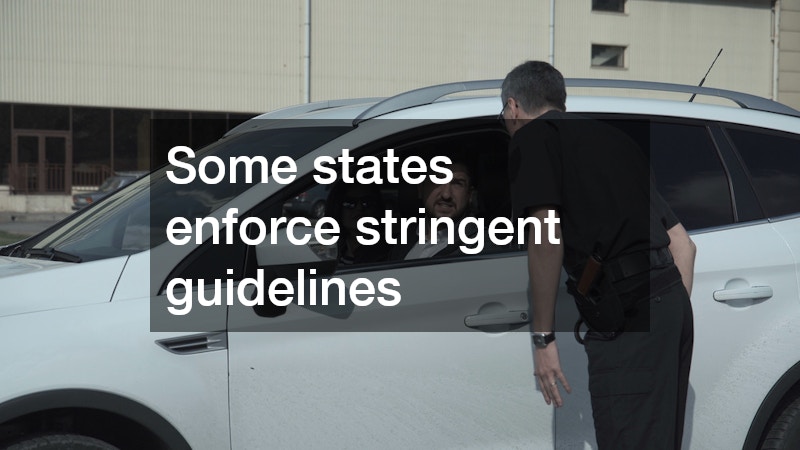Auto window tinting can enhance your vehicle’s aesthetics while providing essential protection from harmful UV rays, glare, and heat. This article discusses the various types of window tints available, including dyed, ceramic, and metallic options. We’ll also address some of the most frequently asked questions by car owners seeking a smart balance of style, privacy, and safety.
Whether you’re looking to improve comfort, reduce interior fading, or upgrade your car’s appearance, understanding your tinting choices is the first step toward a sleeker, more protected ride.
What are the benefits of automotive window tinting?
Auto window tinting offers multiple benefits, chief among them being the protection against harmful ultraviolet (UV) rays. With prolonged exposure to sunlight, the interior of a vehicle can suffer significant damage, leading to fading and deterioration of the upholstery and dashboard. As UV rays are known to cause skin cancer and other skin issues, window tints serve as a crucial barrier while you are driving.
Moreover, window tints play a significant role in reducing heat buildup inside the car. This can be particularly beneficial during the hot summer months when cars can transform into virtual ovens under the glaring sun. By minimizing the amount of heat that enters through the windows, tints create a cooler, more comfortable environment for passengers, reducing the strain on the vehicle’s air conditioning system.
Privacy and security are additional advantages that come with auto window tinting. By darkening the glass, tints obscure the interior from outside view, effectively safeguarding your belongings from potential thieves. This added privacy also ensures that nosy onlookers cannot easily peer into the vehicle, protecting your personal space.
Which type of car window tint is best for my needs?
Choosing the right type of window tint depends largely on individual preferences and budget constraints. Dyed window tints are a popular choice due to their affordability and adequate protection. These tints rely on multiple layers of dye to absorb sunlight, effectively reducing glare. However, while they provide a basic shield against UV rays, dyed tints might not offer the same level of heat reduction as other options.
For those seeking durability and enhanced strength, metalized auto window tinting services are an excellent option. These tints contain metallic particles that reflect heat and UV rays and fortify the windows, making them more shatter-resistant, but they may interfere with electronic devices, as the metal in the film can disrupt signals.
Ceramic window tints stand out for their superior performance in both heat reduction and UV protection. Unlike metalized tints, ceramic films do not interfere with electronic signals, making them highly compatible with modern technology. Though they tend to be more expensive, the benefits of longevity, clarity, and advanced protection they offer make them a worthwhile investment for many car owners.
What are the legal considerations for window tinting?
Understanding the legal framework concerning window tinting is imperative for any car owner. Each state has its own regulations regarding the permissible level of tint, commonly measured by the percentage of visible light transmission (VLT). Non-compliance with these state-specific laws can lead to fines and the requirement to remove illegal tinting.
Safety standards dictate that window tinting must not compromise visibility, especially at night or in poor weather conditions. It’s essential for the driver to maintain clear visibility to avoid potential accidents. Some states enforce stringent guidelines on the degree of darkness and the windows that can be tinted, often allowing lighter tints on front windows compared to rear ones.
The consequences of ignoring auto window tinting laws can be serious, ranging from financial penalties to more severe legal repercussions, such as points on your driving record. To avoid such issues, car owners should consult local regulations prior to installing any window tint and opt for professional services to ensure compliance.
Choosing the right auto window tinting option combines style with substantial protective benefits. Carefully consider your needs, the types of tints available, and the legal aspects involved to make an informed decision that will enhance both the aesthetics and functionality of your vehicle. By doing so, you not only enhance the look of your car but also ensure long-term comfort, interior preservation, safety, and compliance with the law. A well-chosen tint can also improve driving visibility, reduce eye strain, and increase resale value, making it a smart investment for both appearance and practicality.




